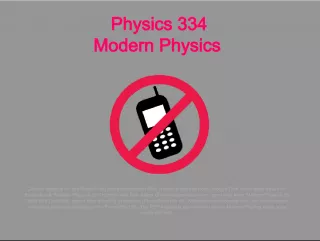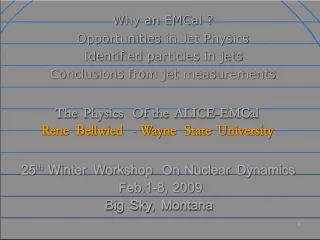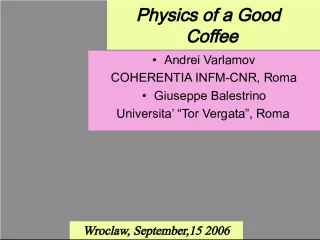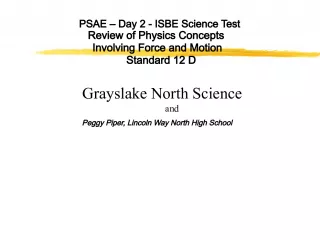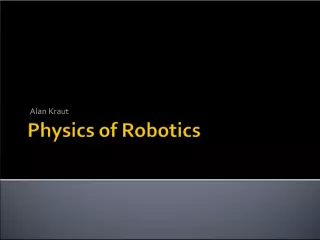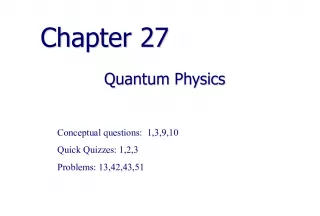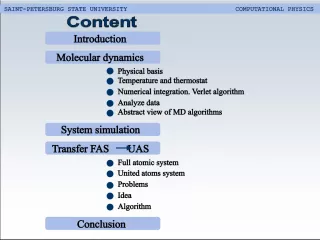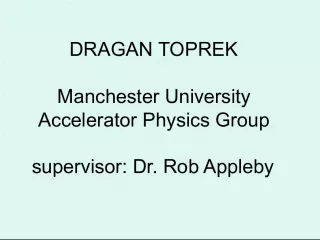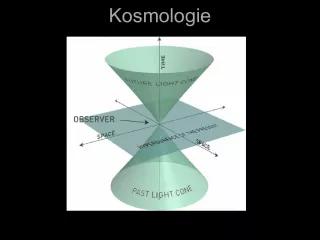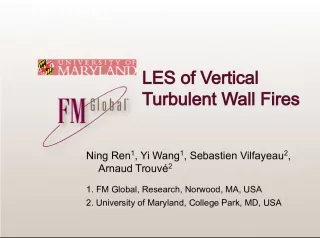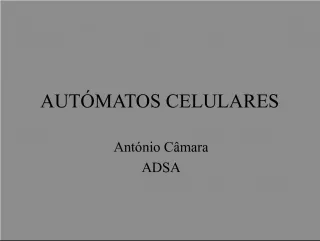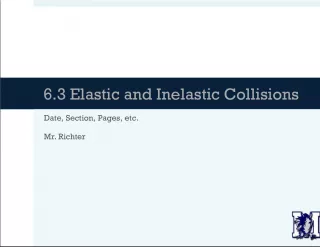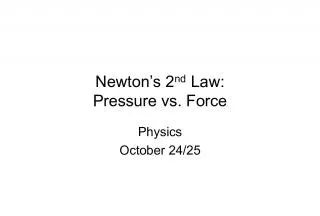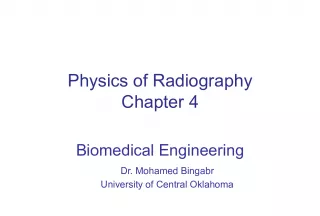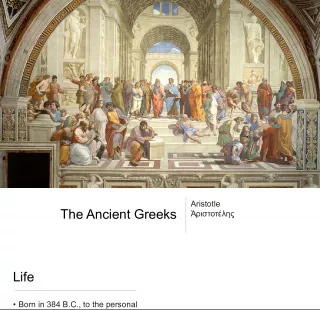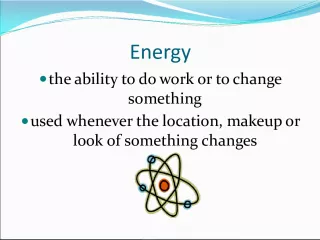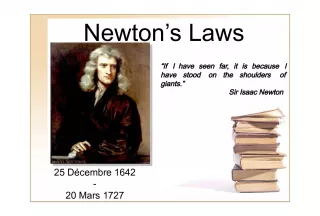MKHonors Physics: Physics in Baseball


This lesson explores the evolution of baseball around the Industrial Revolution and the creation of official rules and field designs by Alexander Cartwright. The game is played with a pitcher pitching the ball, a
- Uploaded on | 2 Views
-
 melissalee
melissalee
About MKHonors Physics: Physics in Baseball
PowerPoint presentation about 'MKHonors Physics: Physics in Baseball'. This presentation describes the topic on This lesson explores the evolution of baseball around the Industrial Revolution and the creation of official rules and field designs by Alexander Cartwright. The game is played with a pitcher pitching the ball, a. The key topics included in this slideshow are . Download this presentation absolutely free.
Presentation Transcript
Slide1MKHonors Physics Physics in Baseball
Slide2A Lesson on Baseball evolved around the Industrial Revolution. Alexander Cartwright created official rules/baseball field design. Game is played with: Pitcher (pitch the ball) Batter (bat the ball and run the bases) Umpire (catches strike balls)
Slide3Physics in Baseball Physics change the way baseball is played. Rules apply based on Physics laws such as force, energy, and work. Physics concepts in baseball Inertia Projectile Motion Force Work Energy
Slide4Inertia“An object at rest tends to stay at rest and an object in motion tends to stay in motion with the same speed and in the same direction unless acted upon by an unbalanced force.” Bat hits the ball and cause it to stop. Ball stops after the outside force (The bat) stops it.
Slide5Projectile Motion Gravity pulls on an object being thrown in the air at a certain direction. Force cause the acceleration and acceleration causes the ball to move upwards. When acceleration reach the same speed of gravity, it descends. Vectors are used to measure projectiles.
Slide6Force The bigger the force, the more chance of a homerun. Force is measured in Newtons (N) Equation: F=(mass)(acceleration) Steroids, muscle mass, and bat’s mass all affects the force applied to the ball. Ball Thrown at 50m/s 2 360kg Bat Vs. 200kg Bat 18,000N = (360)(50) 10,000 = (200)(50)
Slide7The Physics of Baseball: Hittingwww.youtube.com/sciencechannel 07/20/08
Slide8Work Requires a force and distance. Measured in Joules (J). All players are doing work at some point. The Pitcher can alter his work to affect how the ball is thrown for good or worse.
Slide9Energy Energy is the amount of mass multiplied by the height and gravity. PE = (mass)(gravity)(height) A cork bat transfer less energy. All bats have “sweet spots.” PE=(mass)(gravity)(height) Height = 100m Gravity – 10 m/s Corked Bat – 150kg (150kg)(10m/s)(100m) = 150,000 J VS. Solid Bat – 300kg (300kg)(10m/s)(100m) = 300,000J
Slide10Closure and CreditsThere are so many physics laws that have changed the way we have viewed and played baseball. Works Cited Bellis, Mary. “History of Baseball: Alexander Cartwright.” About . 2008. 22 Feb. 2009 <http://inventors.about.com/ library/ inventors/ blbaseball.htm>. Henderson, Tom. “Lesson 1: Newton’s First Law of Motion.” Glenbrook . 2007. 22 Feb. 2009 <http://www.glenbrook.k12.il.us/ gbssci/ phys/ Class/ newtlaws/ u2l1a.html>. “THE PHYSICS OF BASEBALL.” Boston Baseball . 2009. 4 Feb. 2009 <http://www.bostonbaseball.com/ whitesox/ baseball_extras/ physics.html>. “Physics of Baseball.” School of Physics . 2008. The University of Sydney. 4 Feb. 2009 <http://www.physics.usyd.edu.au/ ~cross/ baseball.html>. “The Physics of Baseball.” Steves Baseball Umpire Resources . 2009. 4 Feb. 2009 <http://www.stevetheump.com/ HR_physics.htm>.
